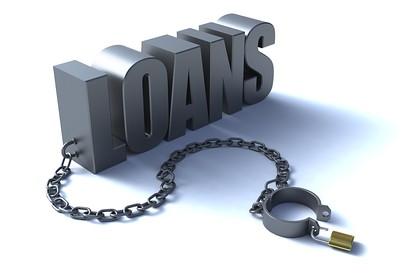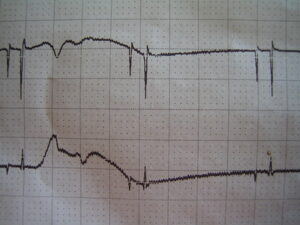GOP representatives appear ready to advance reforms to the federal student loan program. The changes, if adopted, would make it more difficult for the Biden administration to forgive student loan debt. Introduced as the College Cost Reduction Act, the measure – which is set to advance from the House Education Committee – would once again throw responsibility for failed student loans on the institutions that facilitated them.
The measure would transform a student loan from an investment in an individual to a credit risk for the student’s institution. Ironically, Congress virtually vacated the entire risk to the Treasury and private banks of issuing student loans in 2005 by making it nearly impossible to discharge student loan debt in bankruptcy proceedings. Under the proposed measure, only the higher education institution would be responsible for correctly adjudging a prospective student’s creditworthiness and then bearing the brunt of any failure on the student’s part to repay student loan debt.
This approach would put an undue burden on less selective and non-selective institutions to police student loan repayments among the students least likely to have (or acquire) the means to repay their student loans. For example, the average household income of a student admitted to the University of Michigan is currently about $160,000. That’s more than twice the median household income in the State of Michigan ($68,500) and two-thirds higher than the average Michigan household income ($93,000). About 1% of University of Michigan graduates default on their student loans.
The average household income of a student enrolled at Eastern Michigan University is about $76,000. Fewer than 3 in 10 EMU students come from homes in the highest income quintile (top 20%). Three-fourths of EMU undergraduates are employed in their fields at or immediately after graduation with an average annual salary of about $53,000. EMU reported a student loan default rate of less than 3%.
Student loan debt will increase gap between rich and poor
Comparatively, most WCC students report household incomes of less than $50,000. More than 50% report a household income of less than $30,000. These students are most likely to require financial assistance to pay for their education, and about 12%- 15% of any given cohort will default on their student loans. WCC’s default rate exceeds the national average by 33% to 50%.
The CCRA poses little risk for an institution like the University of Michigan, which is loaded with students from high-income households pursuing high-income occupations. The average UM student loan debt for residents is less than $25,000. It poses only a slightly higher risk for a school like Eastern Michigan University, where most students come from households that earn at or above the state’s median household income. For Eastern Michigan University students, the average student loan debt is less than $20,000.
For non-selective institutions like Washtenaw Community College, the CCRA poses an unacceptable risk to both the institution and its students. WCC graduates are unlikely to earn substantially more than $40,000 – and based on the reported data, I’m being generous with that estimate. Most WCC graduates are not even likely to crack Michigan’s median household income with their WCC degree.
Offering degree programs that plug students into high-wage, high-demand jobs is not just a good idea. It is a necessary element for the survival of the institution, and for people from low-income households who come to WCC in search of a better standard of living. Rather than training people for jobs that trap them in inescapable poverty (and debt), why not put our resources into developing educational programs that lift the majority of WCC students out of poverty and into the middle class?
Photo Credit: Chris Potter, via Flickr















